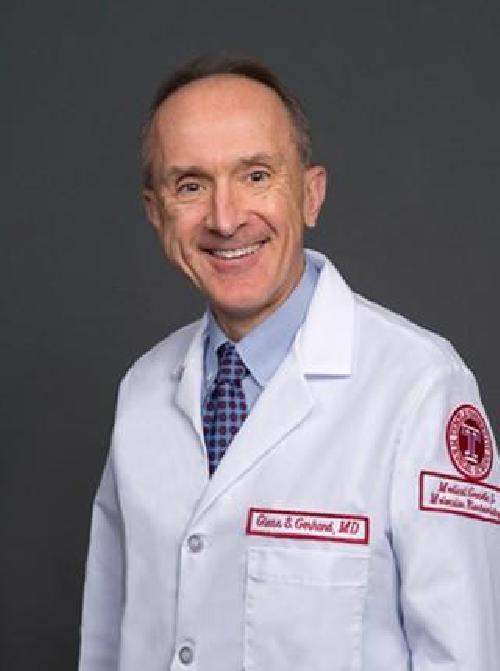(Philadelphia, PA) - Cadavers have long been one of the most important resources for anatomy teaching in medical school. Now, they are also at the forefront of cutting-edge genetics teaching, thanks to innovative thinking by professors at the Lewis Katz School of Medicine at Temple University (LKSOM).
In a paper published Feb. 9 in the Journal of the American Medical Association, the Temple team, led by Glenn S. Gerhard, MD, Chair of the Department of Medical Genetics and Molecular Biochemistry, Joseph and Rebecca Goodfriend Endowed Chair in Genetics, and Professor in the Department of Pathology and Laboratory Medicine at LKSOM, described the use of cadaver DNA to advance genetics learning in a first-year medical curriculum. They are the first to explore the novel approach, which is aimed at filling a critical gap between the application of genetics in medical care and the education and training of future clinicians.
"Genetics education is an underlying theme that bridges areas of medical teaching," explained Dr. Gerhard. "But many institutions are struggling to improve genetic literacy in their medical programs."
 Dr. Glenn S. Gerhard is pictured. Credit: Temple University Health System
Dr. Glenn S. Gerhard is pictured. Credit: Temple University Health System
At LKSOM, Dr. Gerhard and colleagues have been moving toward revising the first-year medical curriculum, particularly where genetics is taught. "Our goal is to integrate cutting-edge, modern genetics into the curriculum in ways that are clinically meaningful and relevant as well as unique, taking us away from the types of standard cases that have been taught in textbooks and lectures," he said.
Initially, Dr. Gerhard considered having students genotype their own DNA, an approach that had been tried previously at other academic institutions. Genotyping is used to identify single-nucleotide variations in an individual's DNA sequence, which can provide insight into traits such as hair or skin color as well as disease risk. Knowledge of such personal traits, however, can cause distress and anxiety among students.
As Dr. Gerhard began to explore other possibilities, he considered cadaver DNA, which would remove the personal aspect from sequencing and genotyping. Cadaver DNA, however, is highly fragile. Chemicals used for embalming, along with the storage of bodies for long periods of time, jeopardize the structural integrity of genetic material. Dr. Gerhard's team spent several months optimizing protocols to allow for the isolation of intact DNA from cadaver tissues.
The team piloted the approach during the fall semester of 2015. First-year medical students at LKSOM isolated cadaver DNA during the course of their dissection studies and then submitted the samples to Dr. Gerhard's laboratory for exome sequencing, which elucidates the genetic code for all protein-encoding genes. Specific single-nucleotide variations identified from exome sequencing were then assigned to each dissection team for analysis. Students examined the variants to gain insight into how specific genetic alterations affect traits and disease, and then presented their findings to the class.
According to Dr. Gerhard, the project was a success. "The goal is to connect anatomy to genomics in the context of biochemistry," he said. Analyses of cadaver DNA provided real-world scenarios, with a range of genetic variants, from those that influence drug metabolism to mutations associated with cancer - all of which could be correlated with observations the students made during their dissections and integrated with biochemistry learning in other classes. Such extensive insight and opportunities for learning would not have been possible with DNA from healthy students.
Moreover, Dr. Gerhard explained, "The element of reality - real patients with real diseases - is dynamic. The cadavers are different every year." That means students and their professors are likely to encounter different genetic variants in the future, leading to new opportunities in teaching and research.
Dr. Gerhard hopes to enlist the help of sequencing companies and eventually to secure other sources of funding to offset the expense of using cadaver DNA. Meanwhile, he and colleagues are developing ideas for focused class projects, particularly in the areas of cancer genomics and pharmacogenomics.
source: Temple University Health System